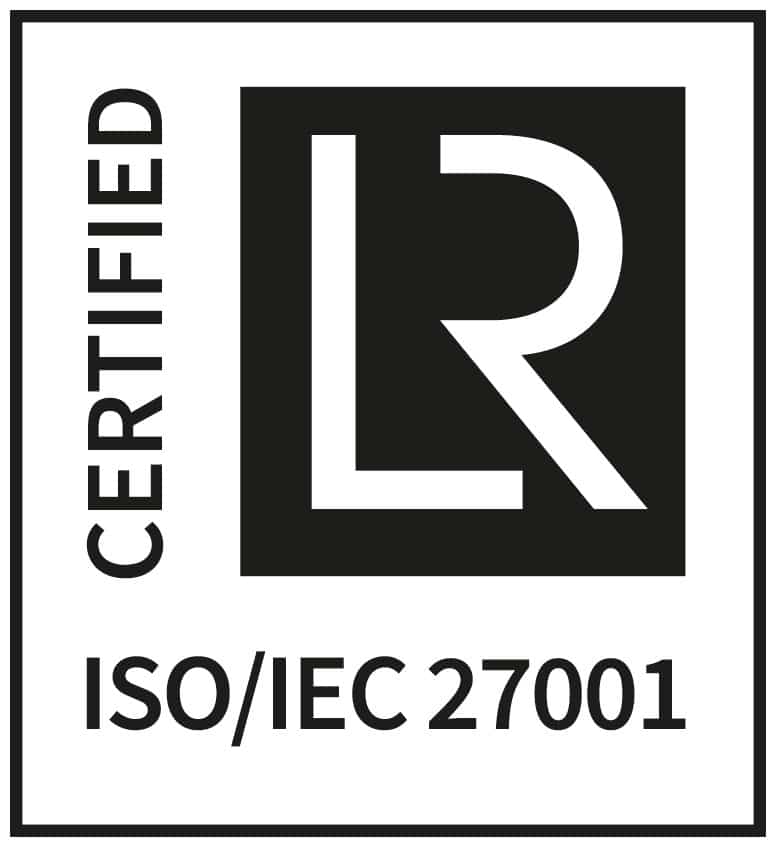
- 01.02.24
7 Innovative Strategies for Implementing eLearning Solutions in Your Organization
Table of Contents
In today’s fast-paced business world, eLearning has emerged as a cornerstone of corporate training and development. Implementing effective eLearning solutions can transform the learning experience within your organization, making it more engaging, efficient, and impactful. In this comprehensive guide, we will explore seven innovative strategies to successfully implement eLearning solutions in your organization.
1. Understanding Your Organizational Learning Needs
Why It’s Essential to Tailor eLearning to Your Organization
Each organization has unique training needs and learning objectives. It’s crucial to understand these specific requirements to select the right eLearning solutions. Assess your current training programs, identify gaps, and consider the unique characteristics of your workforce. This initial step lays the foundation for a customized eLearning strategy that resonates with your organizational culture and goals.
2. Selecting the Right eLearning Solutions
Choosing Platforms and Tools That Align with Your Objectives
With an array of eLearning platforms and tools available, it’s vital to choose those that align with your organization’s learning objectives. Consider aspects like user-friendliness, scalability, and compatibility with existing systems. Whether it’s interactive courses, video tutorials, or virtual simulations, the right tools can make a significant difference in the effectiveness of your eLearning strategy.
3. Integrating Innovative Learning Methods
Enhancing Engagement with Interactive and Immersive Techniques
The effectiveness of eLearning greatly depends on learner engagement. Incorporating interactive elements such as quizzes, gamification, and scenario-based learning can enhance engagement. Immersive technologies like virtual reality (VR) and augmented reality (AR) take this a step further, offering experiential learning that’s both impactful and memorable.
4. Customizing Content to Learner Needs
Personalization: Key to Effective Learning
Personalization in eLearning is not just a trend; it’s a necessity. Customizing content to meet individual learning styles and preferences ensures that learners remain engaged and motivated. Utilizing adaptive learning technologies can help in delivering a personalized learning experience, thereby increasing the effectiveness of the training.
5. Facilitating Continuous Learning and Development
Creating a Culture of Continuous Improvement
eLearning shouldn’t be a one-time event but a continuous process. Encouraging lifelong learning and providing regular updates to eLearning content keeps your workforce abreast of industry changes and evolving skill requirements. This approach fosters a culture of continuous improvement and professional growth.
6. Measuring the Impact of eLearning
Using Analytics to Gauge Effectiveness
To understand the effectiveness of your eLearning solutions, it’s essential to measure their impact. Utilize analytics to track learner progress, engagement levels, and the attainment of learning objectives. This data can provide insights into the strengths and weaknesses of your eLearning strategy, guiding future improvements.
7. Ensuring Accessibility and Inclusivity
Making eLearning Accessible to All
Accessibility is a critical aspect of eLearning. Ensure that your eLearning solutions are designed to be inclusive, catering to learners with different abilities and from diverse backgrounds. This not only complies with legal requirements but also reinforces the values of diversity and inclusion within your organization.
Conclusion
Implementing eLearning solutions in your organization is a strategic process that requires careful planning and execution. By understanding your organizational needs, selecting the right tools, integrating innovative methods, and ensuring continuous improvement, you can create an effective and engaging eLearning environment. Remember, the goal is not just to impart knowledge but to foster a culture of continuous learning and growth.
FAQ - Frequently Asked Questions
How do I choose the right eLearning platform for my organization?
Choosing the right eLearning platform involves understanding your specific training needs and goals. Look for platforms that are user-friendly, scalable, and compatible with your existing systems. Consider features like content variety, interactive tools, and analytics capabilities. Also, assess the level of support and customization offered by the platform provider.
Can eLearning solutions be customized for different learning styles?
Absolutely! Modern eLearning solutions are highly adaptable and can be customized to cater to various learning styles. This includes incorporating multimedia content for visual learners, interactive sessions for kinesthetic learners, and detailed texts for those who prefer reading. Adaptive learning technologies further personalize the experience by adjusting content based on individual learner performance and preferences.
What role does technology play in enhancing eLearning experiences?
Technology is at the heart of eLearning, significantly enhancing the learning experience. It enables the integration of interactive elements, immersive technologies like VR and AR, and personalized learning paths. Additionally, technology facilitates accessibility, allowing learners to access training anywhere and anytime, thus supporting a flexible learning environment.
How can organizations measure the success of their eLearning programs?
Success can be measured using various analytics and reporting tools provided by eLearning platforms. Key metrics include course completion rates, learner engagement levels, assessment scores, and post-training performance improvements. Regular feedback from learners can also provide valuable insights into the program’s effectiveness and areas for improvement.
What are some common challenges in implementing eLearning solutions, and how can they be overcome?
Common challenges include resistance to change, technology adaptation, and ensuring engagement. To overcome these, organizations should focus on creating relevant and engaging content, offering adequate technical support, and fostering a culture that values continuous learning. Additionally, involving learners in the development process can help tailor the solutions to their needs and preferences.





